Name of centre
All India Coordinated Research Project on Maize, Kasba Bawda, Kolhapur
Longitude: 160 13’N Latitude: 740 14’E
Address:
Maize Breeder and Incharge,
All India Coordinated Research Project on Maize, Kasba Bawda, Kolhapur
Shahu Agril. Tech. School Campus, Line Bazaar,
Kasaba-Bawada, Kolhapur (M.S) -416 003
Staff details:
| Sr. No. | Sanctioned post | Name of the Scientist | Discipline | Remarks |
| 1. | Maize Breeder | Dr. S. R. Karad | Breeding | |
| 2. | Assistant Maize Entomologist | Prof. S. A. Patil | Agril. Entomology | |
| 3. | Assistant Maize Agronomist | Prof. M. S. Pilane | Agronomy | |
| 4. | Senior Tech. Assistant | Dr. S. D. Kumbhar | Breeding | |
| 5. | Senior Tech. Assistant | Vacant | Entomology | Vacant due to retirement |
| 6. | Agril. Assistant / Fieldman | Shri. A. B. Bhosale | — | |
| 7. | Agril. Assistant / Fieldman | Shri. D. B. Shinde | — | |
| 8. | Agril. Assistant / Fieldman | Shri. S. A. Shelake | — | |
| 9. | Sr. Clerk | Shri. D. S. Patil | — |
Mandate:
- Development of new maize hybrids and composites with high yield and desirable agronomic traits, resistance to biotic and abiotic stresses.
- Conduct of All India Coordinated trials for evaluation of newly developed maize hybrids and composites.
- Development of suitable agronomical techniques for cultivation of newly developed maize hybrids and composites.
- To study the resistance of newly developed maize genotypes to the stem borer, Chilo partellus (Swinhoe) and other pests of maize and find out suitable control measures for insects and pests.
- Development of suitable maize based cropping systems.
Farm area: Kharif – 7 ha., Rabi – 5 ha.
Significant achievements:
| Sr. No. | Hybrid/ Composite | Pedigree | Characteristics | Release Year | Average yield (q/ha) |
| 1 | Hunis | Selection from 30 parents from Hungeri (USA) and India | Suitable for Kharif – Rabi and intercropping in Sugarcane, moderately resistance to stem borer and rust, Yellow grain. | 1977 | 45-50 |
| 2 | Manjri (Composite) | Selection from population Improvement Method | Reddish yellow grain | 1980 | 40-50 |
| 3 | African tall (Composite) | From mass selection | Tall growing, long leaves, good for grain and seed production, resistance to blight | 1982 | Green fodder 60-70 ton, Grain- 40-50 q/ha |
| 4 | Panchganga (Composite) | Selection from Pull-15 | White grain, short duration, suitable for intercrop, moderately resistance to blight | 1986 | 45-48 |
| 5. | Karveer (MPQ-13) (Composite) | Selection from LY DMR pull | Bold orange flint grain, moderately resistance to pest and diseases. Good for Kharif and Rabi. | 2005 | 52-55 (Kharif) 65-68 (Rabi) |
| 6. | KMH-22168 (Rajarshi) (Hybrid) | GPM-456 x GPM-342 | High yielding, orange yellow, semi-flint, midlate maturity, suitable for kharif and rabi, resistant to turcicum leaf blight, least susceptible to stem borer & weevil, starch content(72.25%) | 2009 | 70-75 (Kharif) 95-100 (Rabi) |
| 7. | QMH-1025 (Phule Maharshi) | QMI-1403 X QMI-1401 | Mid-late maturity (90-100 days). Moderately resistant to Turcicum leaf blight. Least susceptible to stem borer (Chilo partellus) in field condition. Moderately resistant to stress. Non-lodging. | 2016 | 76.05 (Kharif) 87.61 (Rabi) |
| 8. | QMHSC-1182 (Phule Madhu) | QMISC-1407 X QMISC-1408 | Sweetness (Brix): 18.3 %. Moderately resistant to Turcicum leaf blight. Least susceptible to stem borer (Chilo partellus) in field condition. | 2016 | Cob yield 128.64 Fodder yield 115.83 |
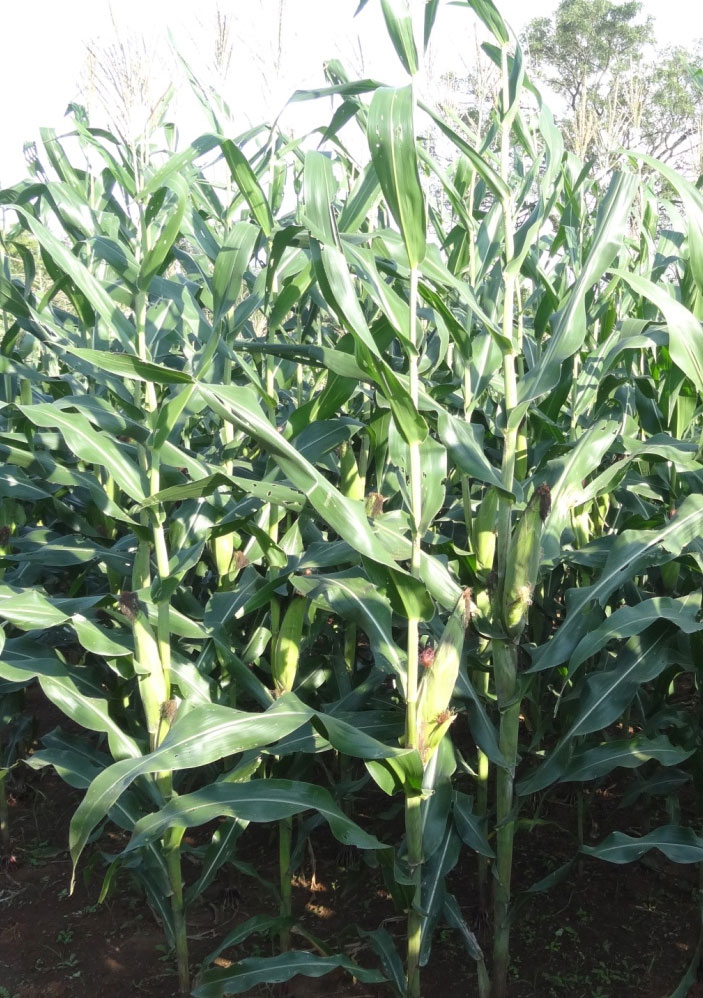
Phule Maharshi 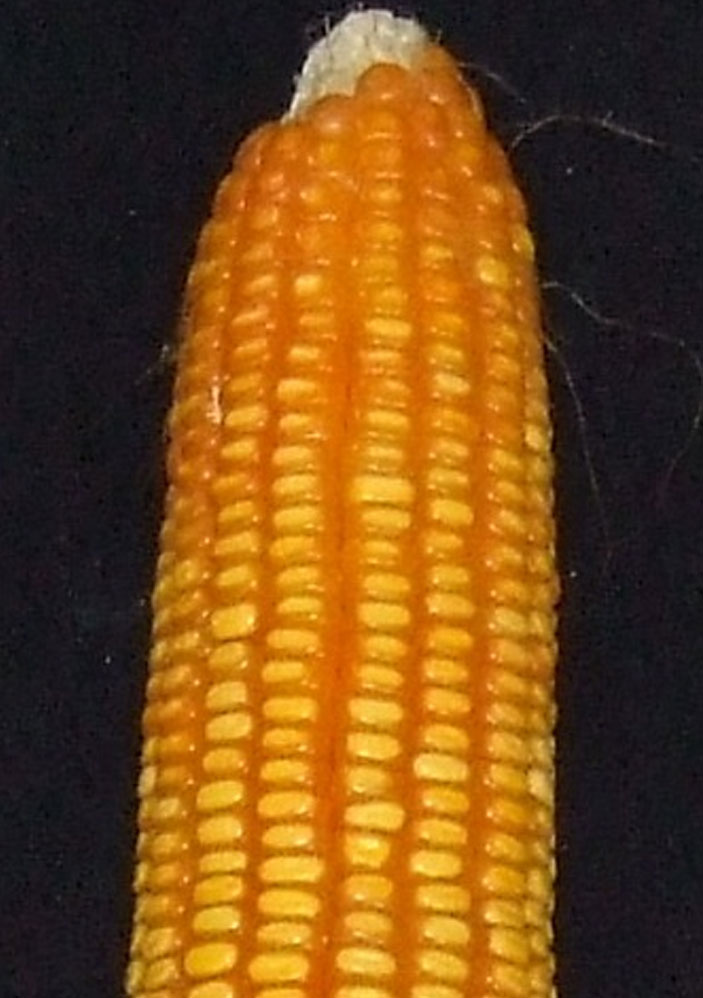
Phule Maharshi 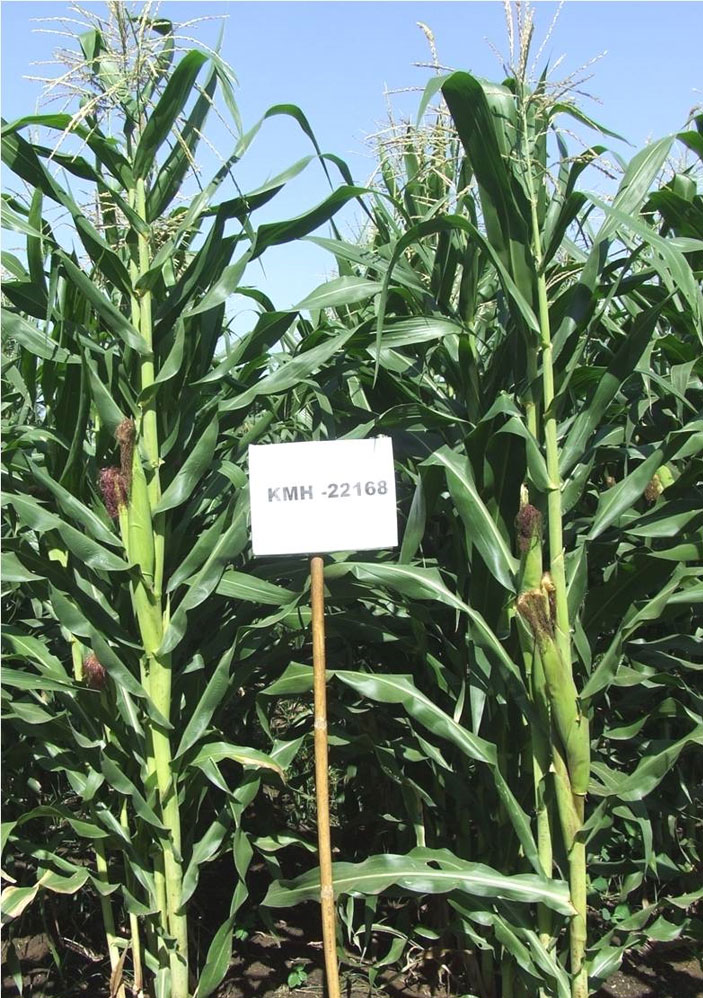
Rajarshi 
Rajarshi 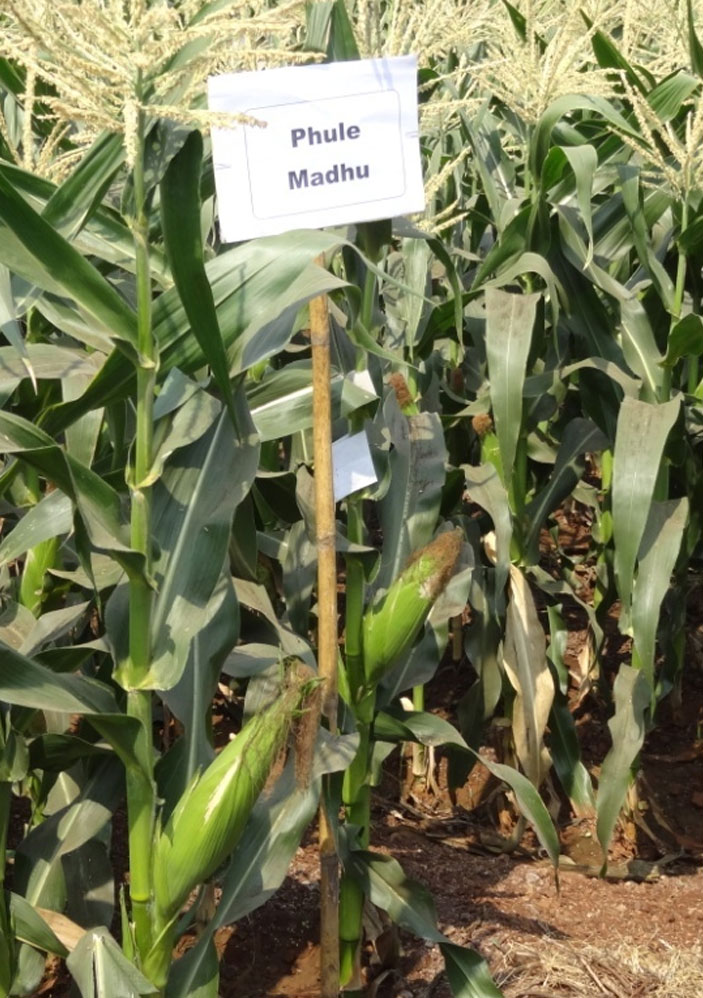
Phule Madhu 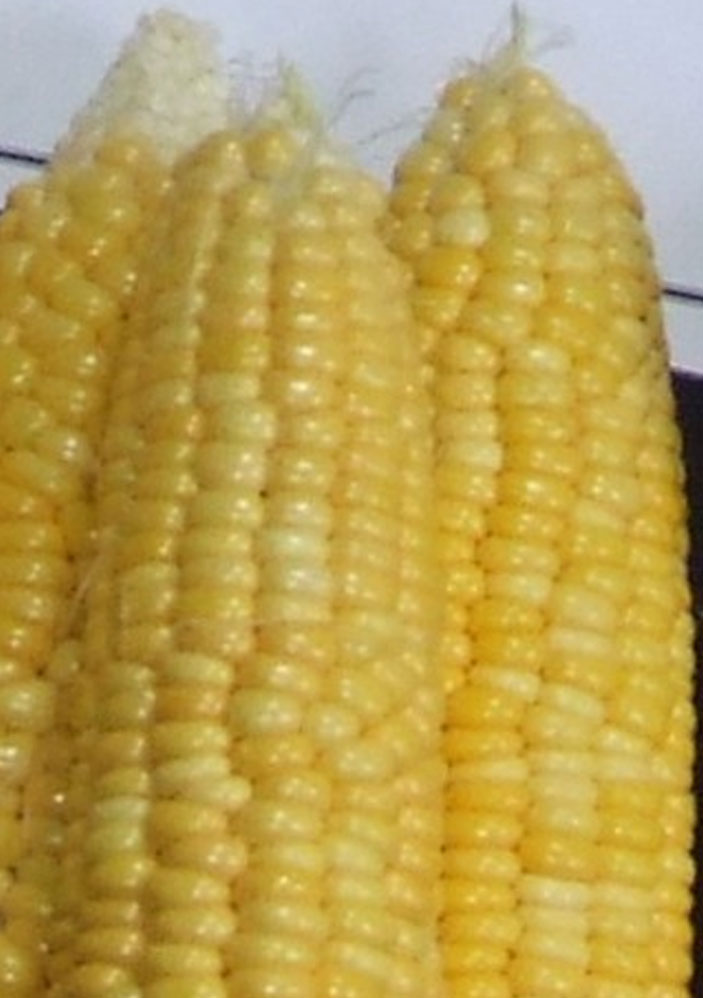
Phule Madhu

